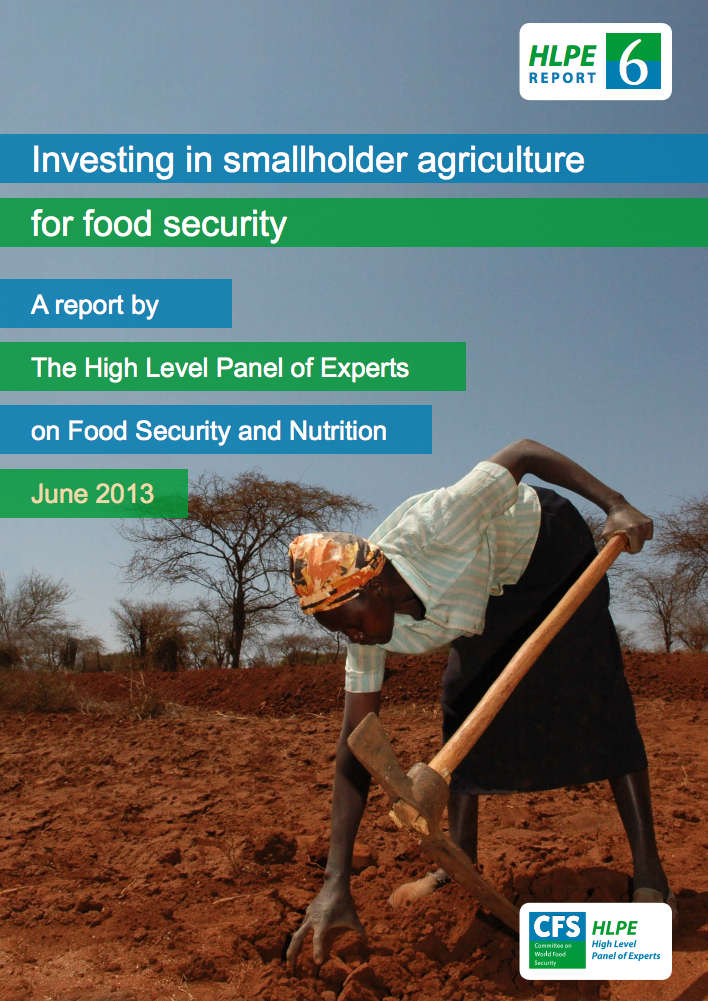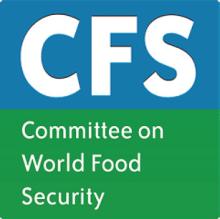Resource information
In October 2011, the Committee on World Food Security (CFS) requested the High Level Panel of Experts (HLPE) to prepare "a comparative study of constraints to smallholder investment in agriculture in different contexts with policy options for addressing these constraints, taking into consideration the work done on this topic by IFAD, and by FAO in the context of COAG, and the work of other key partners. This should include a comparative assessment of strategies for linking smallholders to food value chains in national and regional markets and what can be learned from different experiences, as well as an assessment of the impacts on smallholders of public-private as well as farmer cooperative-private and private-private partnerships" (CFS, 2011 – Final report of the 37th session).
Addressing this request requires defining smallholder agriculture, understanding what it covers, the scope and purpose of investments, and framing the question in a broader perspective on smallholder agriculture, including its contribution to food security and its future trajectories, taking into account diverse regional and national situations.
Of the 1.4 billion extremely poor people in the world (living on less than USD1.25/day), 70 percent are estimated to live in rural areas and most of them depend partly (or completely) on agriculture. For this reason, the urgent and undeniable need to reduce poverty puts smallholder agriculture at centre stage.


